The General Visual Line of Sight Certificate is a remote pilot competency certificate which provides a single qualification that is suitable for most VLOS operations within the Specific category. These are for operations that can’t be done within the Open Category with a certificated type/category of aircraft and an A2 CofC (Certificate of Competency).

The GVC is acceptable for all VLOS operations conducted under what will be published as an STS (Standard Scenario - an EASA concept) or PDRA (Pre-Defined Risk Assessment - to be introduced in a new CAP 722) and, in most circumstances, it will be considered an acceptable level of remote pilot competency within an operational risk assessment for any other VLOS operation.
The CAA will publish its first UK PDRA within the CAP 722 by May 2020 and the first UK PDRA will be the same as the ‘Standard Permissions’ that are currently granted to current PfCO holders.
What is a PDRA or STS?
A PDRA (Pre-defined Risk Assessment) and STS (Standard Scenario) contain prescriptive details of the level of the remote pilot competency required for compliance.
To summarise, you will only be able to do drone operations based on the prescribed details in the PDRA or STS. As an example, the first UK PDRA will effectively be the same as ‘Standard Permissions’ which is what the PfCO is now. So, in this case, you will have to maintain a 30-metre separation distance on take-off and landing and then a 50-metre separation distance when in flight with aircraft between 0-20kg.
How do I get a General Visual Line of Sight Certificate (GVC)
Theory
To get the General Visual Line of Sight Certificate (GVC) you will need to learn a comprehensive syllabus around the subjects of:
- Air Law/Responsibilities
- UAS Airspace Operating Principles
- Airmanship and Aviation Safety
- Human Performance Limitations
- Meteorology
- Navigation/Charts
- UAS General Knowledge
- Operator Responsibilities
- Operating Procedures
You will then sit an examination with a minimum of 40 questions at an RAE facility.
You can see the required syllabus to be delivered by an RAE in the CAP 722B, starting at the bottom of page 38 (correct as of the date of this article publication).
Please note: An RAE is what the current NQE's, or drone training companies, will be called when the new system goes 'live'.
Operations Manual & Practical Flying Test
The GVC practical flying test is designed to provide assurance that the remote pilot being examined can safely undertake a wide range of VLOS operations within the Specific category, including those conducted under a published STS or PDRA (the first in the UK PDRA being effectively Standard Permissions) which will be in the new CAP 722 (expected around May 2020.
You’ll also have to adhere to a set of procedures contained within an operations manual.
The practical flying test will be taken outdoors and the remote pilot will be assessed against their procedures outlined within their Operations Manual.
Bolt-on Modules for Extended Visual Line of Sight (EVLOS)
The GVC may be augmented by a number of additional modules which will be developed in the future which will give you better permissions, similar to what is now granted through an OSC (Operating Safety Case).
The additional modules will be standardised based on Standard Scenarios (STS) which may, in the future, require you to have a new Class of aircraft.
Please note: New classifications of aircraft to be used to fly within the new STS are under development and will be classified as C5 & C6. The specifications for how these aircraft need to be built and operate haven’t been released yet.
At present, one additional module has already been developed:
GVC module 1 – This module covers operations that involve an unmanned aircraft being flown beyond the VLOS of the remote pilot but make use of visual observers for the purpose of avoiding collisions. This is what we generally call ‘Extended Visual Line of Sight or EVLOS’.
How do I get a bolt-on module?
To get a bolt-on module, first of all, you will need to have completed a GVC course with an RAE. You will then have to do another ‘bolt-on course’ that will grant you the permissions to fly within the defined STS or UK PDRA.
The CAA has already stipulated that the first GVC Module 1 will not require you to take a written theory examination but you will need to take an additional practical examination based on the requirements laid out in CAP 722B (currently on page 50).
The GVC Module 1 (when it becomes available) is proposed to allow up to 2 km Extended Visual Line of Sight under set conditions.
Further bolt-on modules may require you to take additional theoretical learning, written examination and practical assessment.
Can you do the A2 CofC at the same time as the GVC?
You will be able to do the A2 CofC course and get a qualification at the same time as the GVC if the RAE has the facilities to do so. This will be a combined examination of 60 questions
Is the GVC the same as a PfCO Course?
The GVC is very similar in its structure to the PfCO Course in the respect that you will have to learn a comprehensive syllabus, sit a written theory examination, produce an Operations Manual and pass a practical flight assessment with an RAE.
The CAA in CAP 722B has stipulated that:
In certain cases, which will be specifically listed within CAP 722, some persons may be exempted from the requirement to undertake the theoretical test. The practical flight test must, however, be undertaken by all applicants.
As the new CAP 722 relating to this new course hasn’t been published yet, we do not know who will be exempt from taking the theoretical test.
I’ve got a PfCO, or I’m currently doing a PfCO course, do I automatically get the GVC qualification?
If you hold a PfCO, have done a PfCO course or you are currently doing a PfCO Drone course you will not automatically get a General Visual Line of Sight Certificate (GVC).
You will be grandfathered the permissions you currently hold and this will be converted over to an Operational Authorisation from 1st July 2020.
If you want to get ‘better permissions’ from the proposed Bolt Ons (GVC Module 1), and it is outside of the permissions granted through having an A2 CofC and a C2 aircraft then you will need to do a new GVC Course to get the qualification.
You can use the form below to help what the best course of action is for you.
I’ve got an OSC do I automatically get the GVC qualification?
If you hold an OSC (Operating Safety Case) you will have your permissions grandfathered over into your Operational Authorisation and you will be able to renew your OSC each year after 1st July 2020.
However, you won’t automatically get a GVC and you won’t be able to do the bolt-on GVC modules without first attending a GVC course.
Summary
If you can’t do your proposed drone flight within the A2 Category with or without an A2 Certificate of Competency then the General Visual Line of Sight Certificate (GVC) is the way forward. This will allow you to fly aircraft between 4 - 25 kg MTOM down to Standard Permissions and it will allow you to get better permissions by ‘bolting on’ additional modules.
If you have a PfCO or OSC, your Standard Permissions and/or your OSC will be grandfathered over until expiry, after which you will be able to renew and it will be converted into an Operational Authorisation, however, you won’t automatically get a General Visual Line of Sight Certificate.
If you are still unsure of what you need to do come 1st July 2020 then please contact the team on 0800 033 4400 or email hello@uavhub.com and we’ll be more than happy to help.



